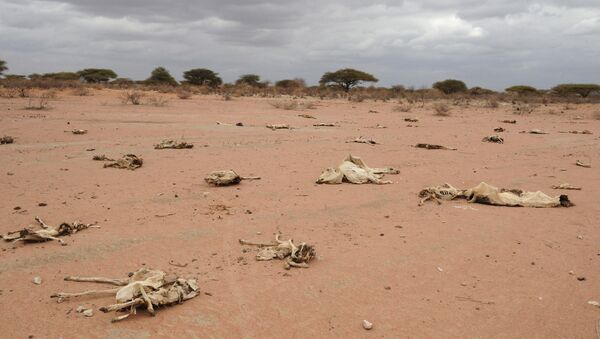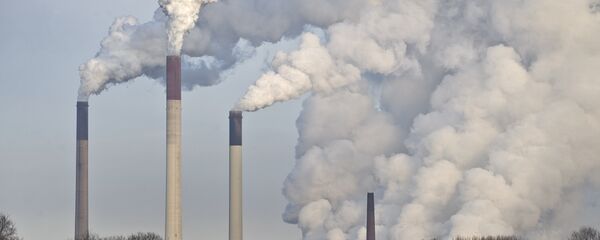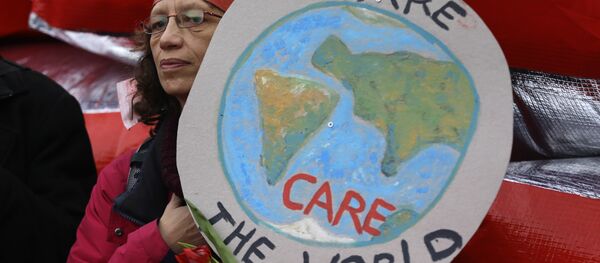Jos Lelieveld, Director at the Max Planck Institute for Chemistry and Professor at the Cyprus Institute and his colleagues have investigated how temperatures will develop in the Middle East and North Africa over the course of the 21st century.
“In future, the climate in large parts of the Middle East and North Africa could change in such a manner that the very existence of its inhabitants is in jeopardy,” Lelieveld told Max-Planck-Gesellschaft website.
The researchers calculated that the goal of limiting global warming to less than two degrees Celsius, agreed at the recent UN climate summit in Paris, will not be sufficient to prevent this scenario.
Even if Earth’s temperature were to increase on average only by two degrees Celsius compared to pre-industrial times, the temperature in summer in these regions will increase significantly more.
By the end of the century, midday temperatures on hot days could even climb to 50 degrees Celsius (approximately 122 degrees Fahrenheit).
And heat waves could occur ten times more often and last for much longer than they do now.
Between 1986 and 2005, it was very hot for an average period of about 16 days, by mid-century it will be unusually hot for 80 days per year.
At the end of the century, up to 118 days could be unusually hot.
“Climate change will significantly worsen the living conditions in the Middle East and in North Africa. Prolonged heat waves and desert dust storms can render some regions uninhabitable, which will surely contribute to the pressure to migrate,” says Jos Lelieveld.
The team also found that desert dust in the atmosphere over Saudi Arabia, Iraq and in Syria has increased by up to 70 percent since the beginning of this century.
The researchers mainly attribute it to an increase of sand storms as a result of prolonged droughts.
It is expected that climate change will contribute to further increases, which will worsen environmental conditions in the area.






